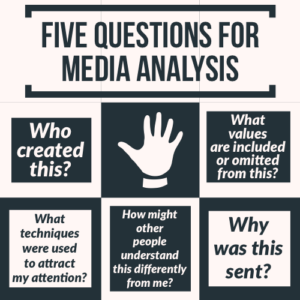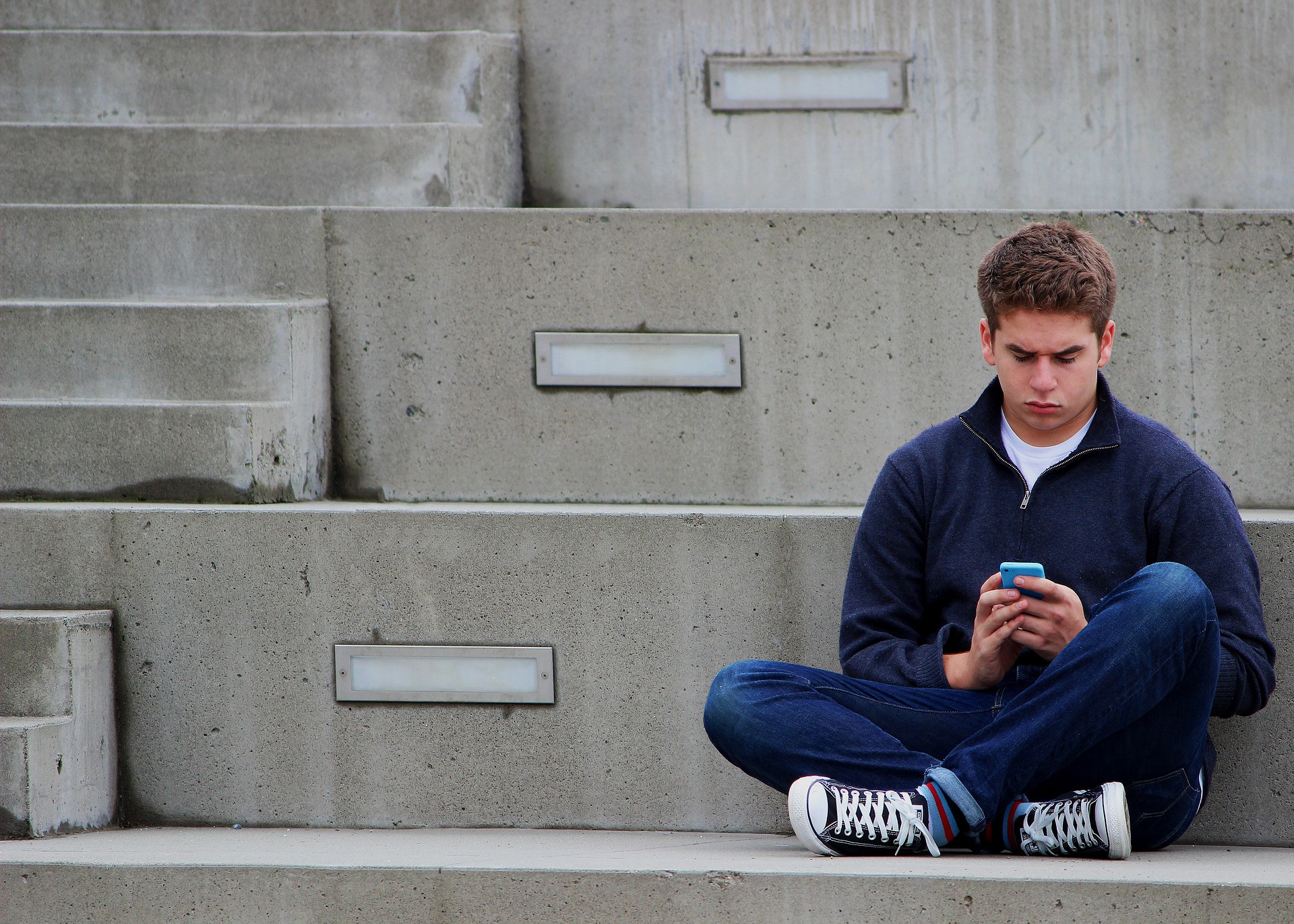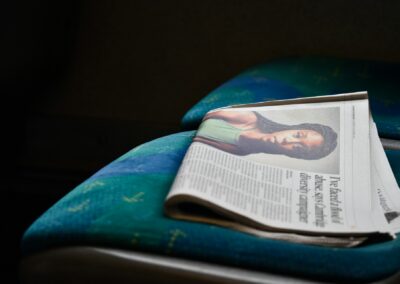Media no longer just shape our culture, they are our culture. What’s behind the contents we watch, listen and read? Media literacy should start at school
In a scenario where media are everywhere, both analogue and digital, it’s anachronistic to just swith off TVs and smartphones, or keep away from social media to protect kids from fake news, opinion bubbles or unwanted messages. If we ever succeeded in filtering all contacts children and teens are exposed to, we would have addressed just half of the problem. The real challenge is far more complicated, it’s about supporting young people to give meaning to what they watch, listen and read, learning what’s behind media contents.
The limited media awareness is turning into a serious issue: just have a look of latest Netflix documentary-
We need much more critical thinking and digital wisdom, that is the ability to use media and technology to improve sensory and cognitive processes, accessing knowledge in a responsible and creative way. Schools cannot abdicate this task, even if it’s challenging in alrealy difficult Covid-19 times. “We live in the age of digital transformation and schools have the huge responsibility of leveraging it for the good of our culture”, said professor Donatella Cesareni from Università Sapienza in Rome, speaking during a recent conference about the educational and social impact of new technologies governance. “Schools should head for digital wisdom, favouring the active use of technologies and collaboration as the foundation of any learning model”.
Media literacy at school isn’t something completely new (in Italy there is a successful project named Quotidiano in classe, endorsed by Osservatorio Permanente Giovani-Editori, for high schools), but it should evolve to include new tools for students to learn how media operate, how contents are crafted and viralised, which opportunities and risks multimedia languages have.
“Media literacy is about helping students become competent, critical and literate in all media forms so that they control the interpretation of what they see, hear or interact with rather than letting the interpretation control them”, wrote Tessa Jolls, president and CEO at Center for Media Literacy (CML). “To become media literate is not to memorize facts or statistics about the media, but rather to learn to raise the right questions about what you are watching, reading, listening or contributing to”.
The CML itself developed a learning framework for middle and high schools, making students critically explore media through five key principles and five questions (see picture below) everyone should ask when experiencing a media article, a TV broadcasting, or a social post.

Media literacy is a fundamental component of citizenship, and it contributes to prevent bad media usage, and also to build an understanding of the role of media in our society, maturing the essential skills of inquiry and self-expression necessary for citizens of a democracy.




